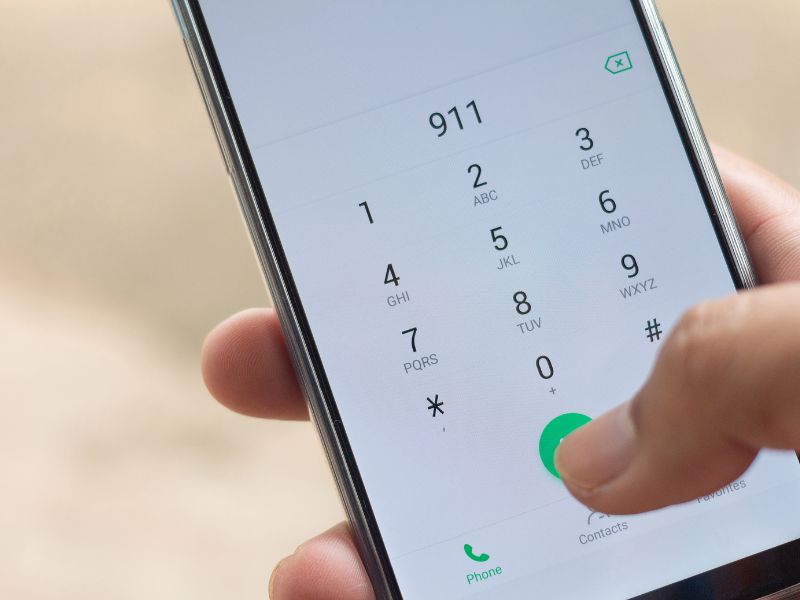
The History of the 911 Emergency Number
Origins of the 911 Number
The emergency number 911, known in the United States as the universal number for emergencies, has its origins in the 1960s. Before 911, there wasn’t a single number that anyone in distress could call, which led people to often dial direct numbers of local police stations, fire departments, or hospitals, often resulting in confusion or deadly delays in historical situations. In 1966, the National Academy of Sciences issued a report expressing “the imminent need for a single number accessible nationwide.” The first 911 call was made on February 16, 1968, in Haleyville, Alabama. The call was made by Senator Rankin Fite and connected by the Alabama Telephone Company. A few days later, Nome, Alaska, became the second city in the United States to implement 911. The White House issued a report in 1973 that stated: “The White House strongly supports the existing federal responsibility network in implementing 911, although the states play the role of working with local government agencies and implementing the system.”
Spread and Usage
Over the next decade, 911 spread. By around 1979, about 26% of the US population could dial 911. By 1987, 50% of people had access to the emergency number. By the early 2000s, 93% of the population had access to dialing 911. In 1972, Canada began using the emergency number, and by the end of 2018, nearly everyone had access to the emergency call. Other countries began using 911, such as Bermuda, the British Virgin Islands, and others. However, in the 21st century, 911 has been upgraded with some new features. One of these features is Enhanced 911, which automatically transmits the caller’s location to the dispatch center. Not only that, NG911 is activated.
The number 911 has proven to be a crucial element for public safety, ensuring quick and reliable access to emergency services. Continuous innovation and improvement of the system ensure that it remains in step with the needs of modern society, saving lives and improving emergency response.
Sources


